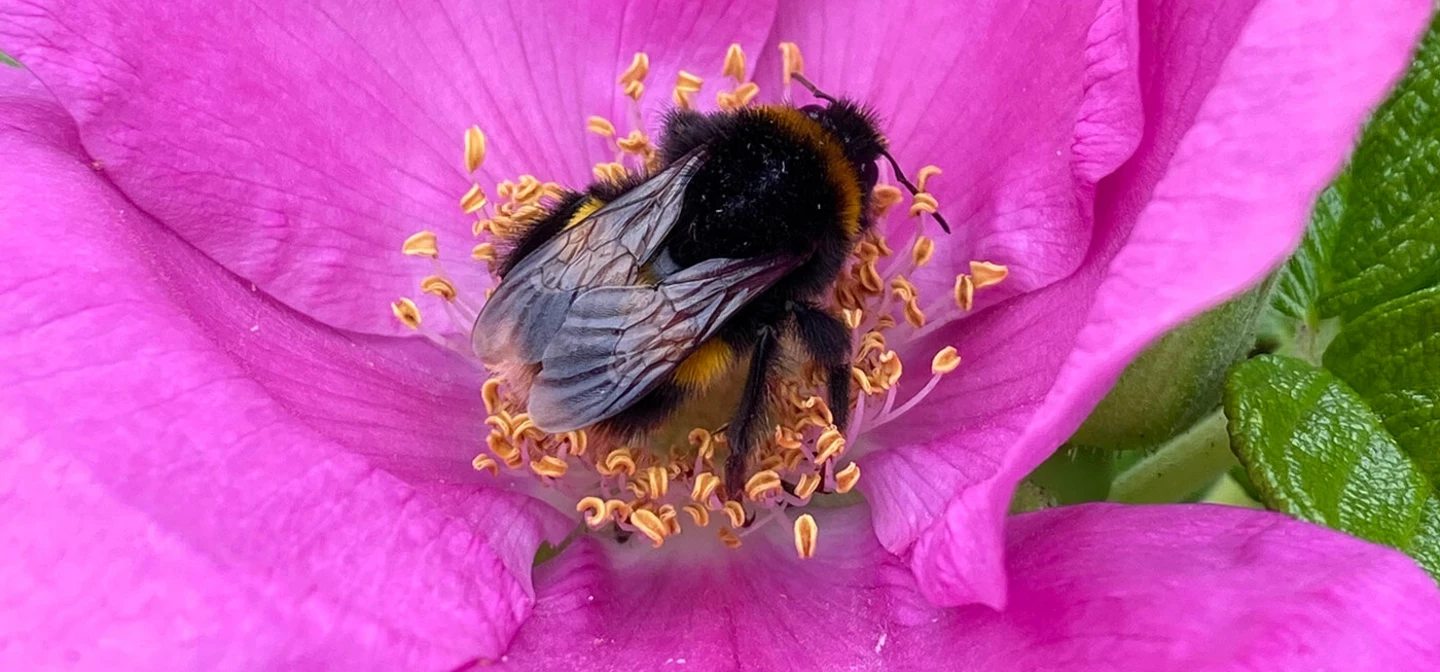
Pollinator strategy
We’re championing London’s pollinators. Visit one of the parks’ flower meadows – and hear the difference.
Pollinators under threat
There are at least 1,500 species of insect pollinators in the UK. Most are native species of bumblebees, solitary bees, wasps, moths, butterflies, beetles and flies. Most honeybees, or Apis mellifera, are domestic stock, rather than wild, and are managed in hives by beekeepers.
Pollinators face many pressures, from the loss of flower meadows, hedgerows and natural habitats, to attack from pests, or diseases. They are on the front line when it comes to facing extreme weather conditions caused by climate change. And they are under increasing threat from invasive non-native species and the use of pesticides.
We are committed to helping reduce the decline in the parks’ pollinator populations. Our Pollinator Strategy sets out all the actions we are taking in the Royal Parks, from creating flower-rich, pollinator-friendly habitats, building bee ‘hotels’, reducing pesticides – and letting the grass grow long.
Why pollinators are essential for biodiversity and the wider environment
A healthy pollinator population of insects means a healthier ecosystem. Pollinators are key to maintaining the diversity of wildflowers and helping plants to produce the fruits and seeds that birds and other animals rely on.
Pollinators are critical to producing food and are also valued and much loved by the public. Bees and butterflies contribute to our health and wellbeing.